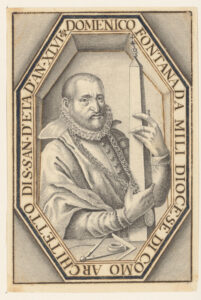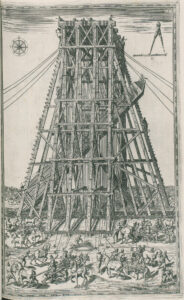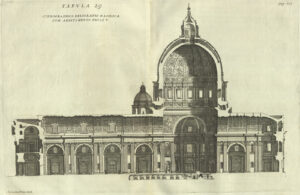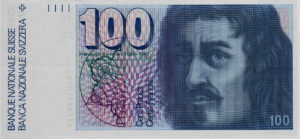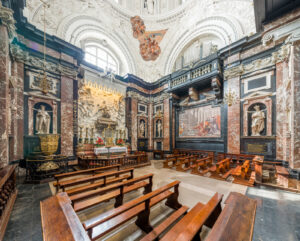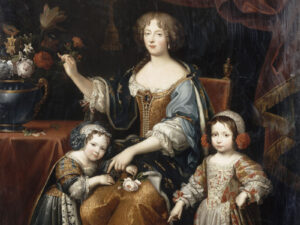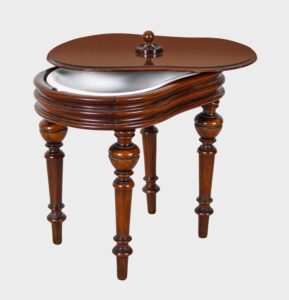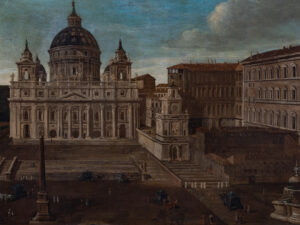
Swiss architects and the "Baroquisation" of Europe
Architects from Ticino and the Valle Mesolcina spread the Baroque architectural style all over the known world. These men are responsible for the modern-day appearance of some of Europe’s most important churches and castles, including St. Peter’s Basilica in Rome.
